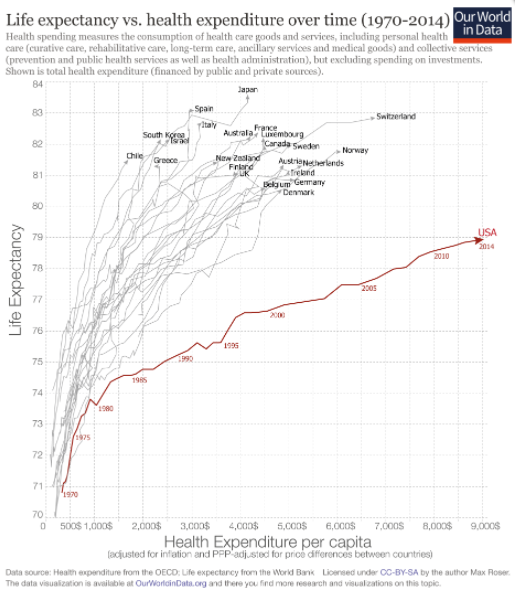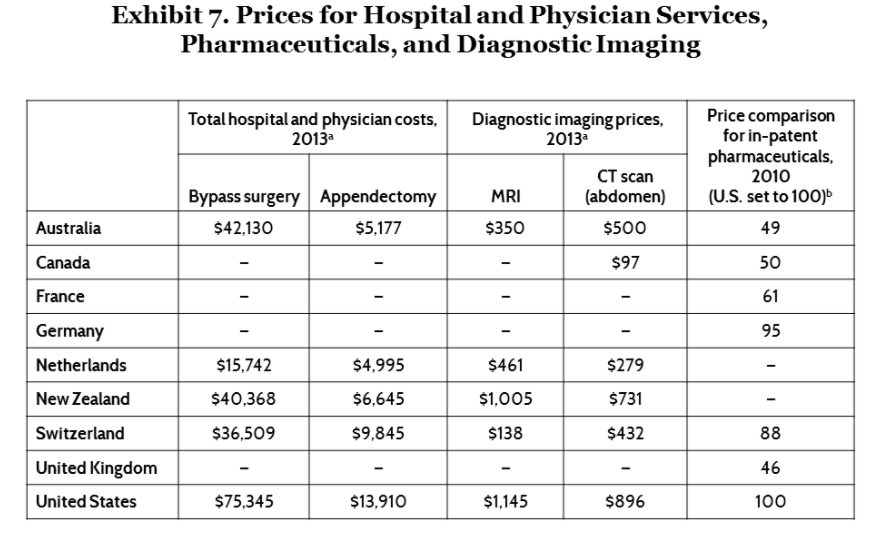The Trump Administration’s pick to lead OSHA will push the President’s deregulation agenda far and deep as he shifts OSHA to a more “business friendly” focus. According to Administrator-designee A. Prelle Pfuelle, the watchword will be “compliance assistance” instead of enforcement.
Reports indicate the new Administrator, a former lobbyist for the mining industry, will provide “leadership to curtail funding for enforcement, rescind rules under deregulatory orders, and drop defense of regulations facing legal challenges.” The mining industry has been actively applauding initial moves by President Trump to revoke, rescind, or withdraw several regulations and enforcement actions; Pfuelle may have been instrumental in those early actions.
Pfuelle’s past experience includes stints working as a manager in a diamond mining firm in South Africa, labor relations in Liberia’s oil industry, workplace safety officer in the Pakistani ship-breaking association and most recently lobbyist for the Oklahoma natural gas industry.
The White House’s press release noted Pfuelle’s “extensive international experience in a variety of international industries will help America compete with other countries…getting rid of employment-killing regulations will help our economic recovery…”
In an interview after his appointment was announced, Pfuelle was quoted on a number of topics, including return to work. Responding to a reporter’s question about the employer’s role, Pfuelle said:
“OSHA will work to support President Trump’s efforts to make America Great Again wherever we can. If you think about it, a worker injured on the job opens up a job for another worker…so I’m not sure why we want to push employers so hard to rehire injured workers when there are many great Americans who are looking for work…”
In the White House’ announcement of Pfuelle’s appointment, President Trump said: “I’ve known Prelle for decades; he helped me find the best diamond for my first wife. We’ve stayed in close contact, and I was impressed with how he handled the the accident at the Anglo-American Corporation’s Vaal Reefs Mine….while there was some loss of life, he got the mine operating again very quickly…”
According to the reports cited above, first up – after confirmation – is a move to scale back injury reporting requirements.
Speaking about the new electronic reporting requirements Pfuelle opined:
“Employers know when their workers get hurt, and it is their responsibility to make sure they tell us about those situations. But they have a lot of other things that take up a lot of time, so we can’t and shouldn’t expect reporting to be on the top of their list. As long as they let us know in a reasonable time, that’s fine.”
Pfuelle will have to divest his holdings prior to assuming the Administrator position, although, under new rules just released by President Trump’s Office of Ethics, he may choose instead to place them in a “blind trust” directed by his wife Blythe, the daughter of the founder of the Anglo-American Lead Mining company.






